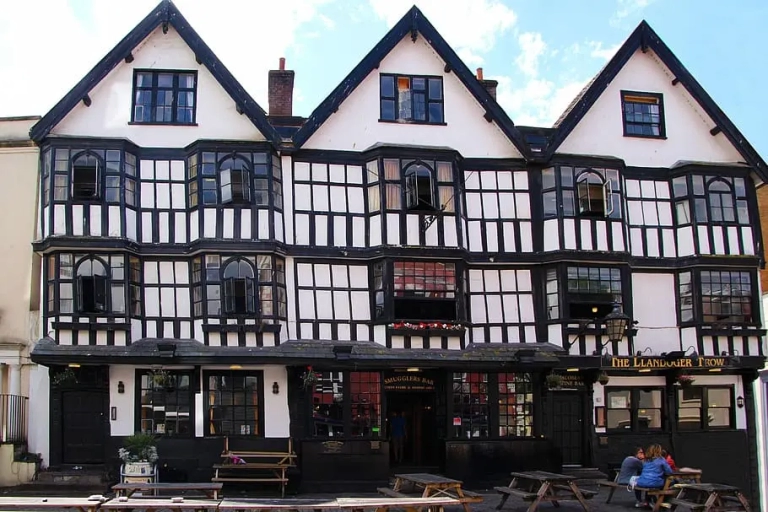Interior Design, Architecture, Residential, Residential Apartments, The Enchanting World of Tudor Architecture
Tudor architecture, with its charming and distinctive style, transports us to a bygone era of kings, queens, and medieval charm. Inspired by the Tudor dynasty in England, this architectural style flourished during the 16th and early 17th centuries. In this blog post, we will delve into the enchanting world of Tudor architecture, exploring its key features, enduring appeal, and its impact on contemporary residential design.
Origins and Influences
Tudor architecture emerged during the reign of the Tudor dynasty in England, which spanned from 1485 to 1603. It drew influences from medieval English and European architectural traditions, blending elements of Gothic and Renaissance styles. Tudor architecture symbolized the prosperity and power of the Tudor monarchs and became synonymous with the cultural and architectural identity of the era.
Key Features of Tudor Architecture
Tudor architecture is renowned for its distinctive features that exude a sense of grandeur, craftsmanship, and historic charm. Let’s explore some prominent characteristics:
-
Half-Timbered Exteriors: Tudor homes are characterized by exposed timber frames that form intricate patterns, often filled with plaster or brick infill. This half-timbered construction creates a striking visual effect and adds depth and texture to the exterior facade.
-
Steeply-Pitched Roofs: Tudor homes typically feature steeply-pitched roofs, often with multiple gables and dormer windows. The rooflines add a sense of drama and elegance, while the use of slate or clay tiles enhances the overall aesthetic.
-
Ornate Chimneys: Elaborately designed chimneys are a hallmark of Tudor architecture. These tall, decorative elements often feature intricate brickwork or stonework, adding vertical interest and architectural character to the home.
-
Leaded Glass Windows: Tudor architecture is known for its distinctive leaded glass windows. Small, diamond-shaped panes of glass are held together by lead strips, creating a stunning mosaic-like effect. These windows add a touch of elegance and allow for the play of light and shadow.
-
Arched Doorways: Arched doorways with intricately carved wooden doors are a common feature in Tudor homes. These grand entrances create a sense of importance and serve as focal points, welcoming visitors with a touch of medieval charm.
Enduring Appeal and Adaptations
Tudor architecture continues to captivate homeowners and designers due to its timeless appeal and romantic aesthetic. While many Tudor-style homes are historic landmarks, contemporary adaptations of the style incorporate modern amenities and design elements, blending the charm of the past with the comforts of the present.
Impact on Contemporary Residential Design
The influence of Tudor architecture can be seen in various aspects of contemporary residential design. Elements such as exposed wooden beams, decorative stonework, and steep rooflines have found their way into modern interpretations, adding a touch of historic charm and character to homes. The enduring popularity of Tudor architecture showcases its ability to transcend time and captivate generations.
Conclusion
Tudor architecture, with its captivating half-timbered exteriors, steep roofs, and intricate details, transports us to a romantic era of history. Its timeless elegance and craftsmanship continue to inspire architects and homeowners alike. Whether preserving the historic integrity of a Tudor-style home or incorporating its elements into modern designs, Tudor architecture leaves an indelible mark on the residential landscape.
#NORAResidences #AvenirDevelopments #AvenirMeansFuture #Apartments #TudorArchitecture #MedievalCharm #TimelessElegance #HistoricDesign #ArchitecturalHeritage #Craftsmanship #RenaissanceInspiration #DistinctiveStyle #HomeDesign #ArchitecturalInfluence







